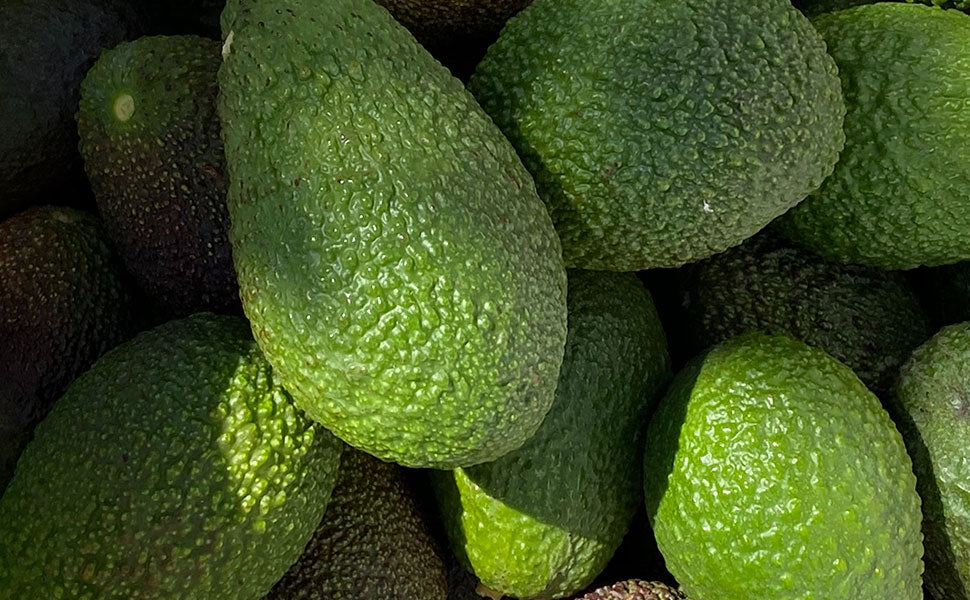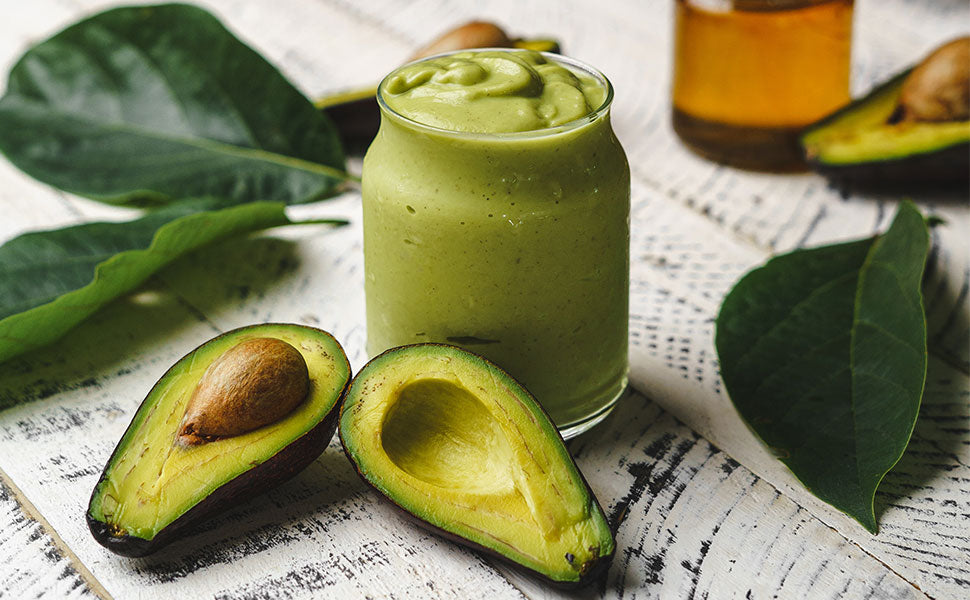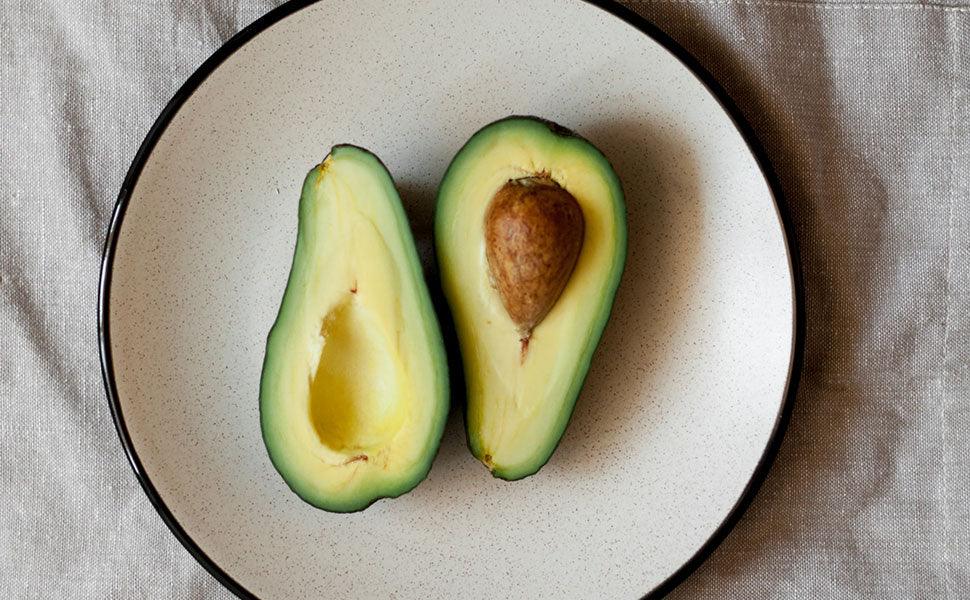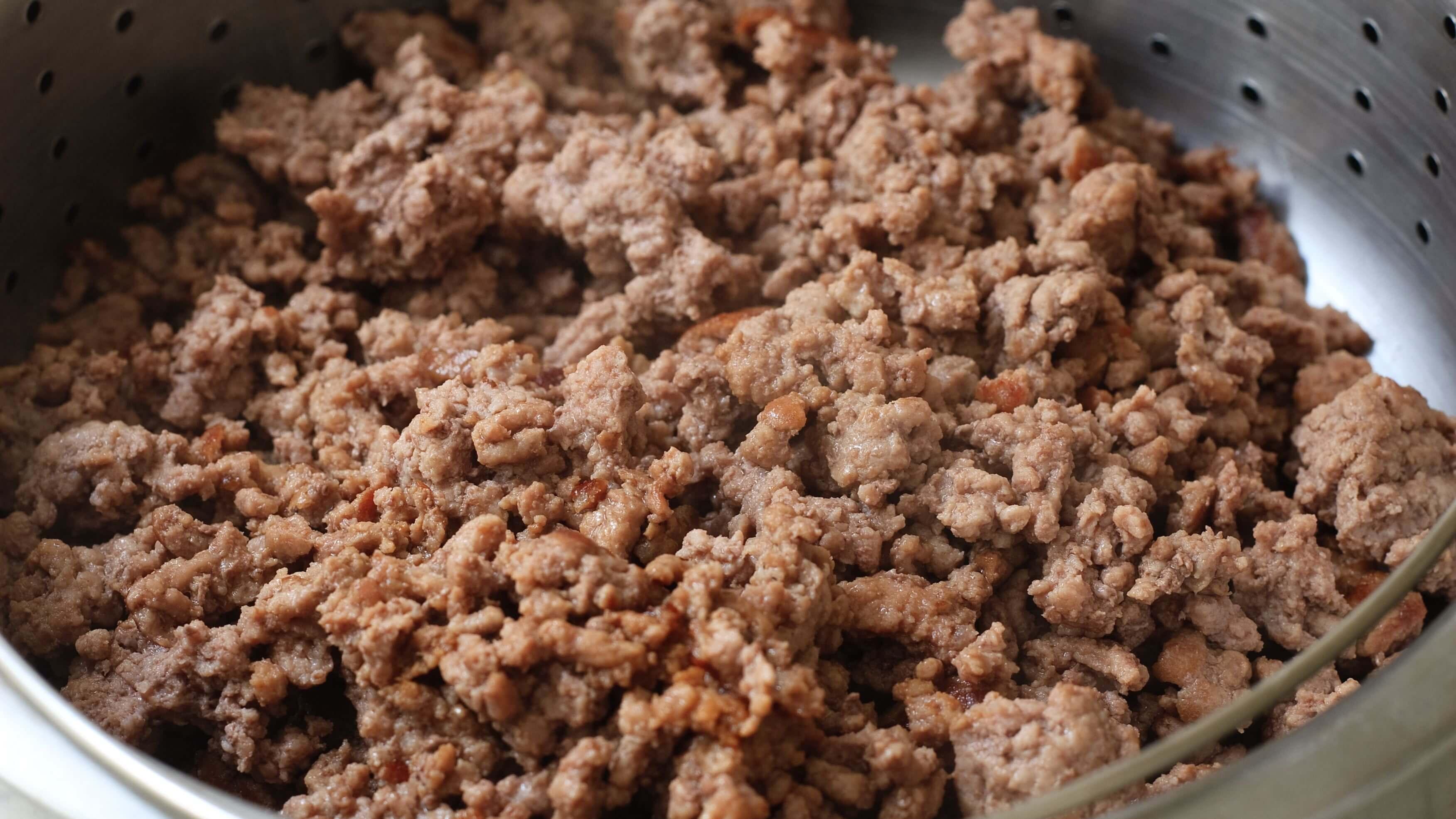TABLE OF CONTENTS
Avocados are reckoned indispensable for many recipes and cuisines. Mexican food, for example, would not be the same without guacamole. In addition, these fruits serve as a great butter replacement (after all, they're not called "butter pears" for nothing!)
However, avocados can become a hurdle for impatient people, considering how long they take to ripen (about 4-7 days at best). Luckily, you can bypass nature's course by employing some "tricks", particularly if you have guests on the way.
In this article, we'll be disclosing how to ripen an avocado faster by following several methods and some methods you would want to avoid. We'll also provide some helpful information regarding this peculiar fruit, such as its ripening stages and preservation techniques.
Before we proceed with the main topic, though, we would like to elucidate a few facts about avocados.

The 3 Stages of a Ripe Avocado
As with all living things in nature, avocados have a defined life cycle and a maturity process. Avocados grow on trees, but they will not begin their ripening until they're harvested.
As they're freshly picked from the plant, they will be too hard to use and won't budge to any opening attempts. Within a few days, you will notice that the skin gets mildly darker and softer. At this point, we could start delineating the stages of ripe avocados as follows:
1.From Pre-Conditioned to Breaking (Bright Green to Dark):
Most of theavocados sold at the grocery store are, at the very least, within this early phase. This particular phase is called "breaking" because the cell walls of the fruit - consisting of rigid layers of polysaccharides (sugars) - start literally breaking down, thus increasing overall softness. Breaking avocados are bright green and hard to the touch at first but ought to darken later on and deform by about 2 to 3mm when you press the skin with the thumb using moderate force. They should be left on the counter for at least 4-7 more days to be deemed slightly edible.
2.Firm Ripe (Dark):
They warp 2 to 3mm with slight pressure and develop a darker shade of green. They're suitable for slicing and adding to salads or sandwiches at this stage. Avocados might remain in this state for 2-3 days at room temperature.
3.Ripe to overripe (Black):
These deform very quickly with minimal hand pressure and are greenish/brownish-black (or virtually black in extreme cases). They can be sliced, smashed, spread, and work great for guacamole and green sauce! Keep in mind that they must be used immediately, for they tend to rapidly develop unsavoury brown spots, signalling that they're already overripened. You would also notice that the avocado is past its best-by date when its skin begins to turn wrinkly and dry.
How Can You Tell If an Avocado Is Ripe?
Whenever you head over to the grocery store to pick up avocados, you need to ensure that they're soft but not too soft.
Squeeze them gently using the palms of your hands (if you squeeze with your fingers, you'll end up with brown spots on your avocado). If the palms sink slightly as you press, then the avocado is "good to go".
The fruit should look green on the inside as you remove the stem cap. Alas, if the flesh has a brownish appearance, it's overripe and not apt for consumption.
If the stem cap can't be easily removed with your fingernail, you shouldn't force it. Please wait for a day or two until it's tender and resilient, or choose another avocado instead.
Moreover, pay close attention also to the avocado's color. The ones with the darker shades of green are usually the safest bets (make sure they're not too dark, though.)
Sifting by color certainly helps, or at least initially. Nevertheless, this won't guarantee that you'll pick the ripest avocado of the bunch. The most secure way to ascertain ripeness is by ultimately grabbing them to test their consistency.

4 Ways to Ripen an Avocado
1.Nature's way:
Provided you're not in a rush, and you could leave your avocado to ripen over the counter. If the skin was already deformable when you bought it, it should not take more than a week until it's primed for action.
2.In a paper bag
Ethylene gas is a plant-based hormone sorely responsible for ripening many fruits (including avocados, of course).
By placing your avocado in a sealed paper bag, the ethylene gas it emits will get trapped and reabsorbed by the fruit, effectively speeding up the ripening process by allowing its cell walls to break and become malleable. It could still take 3 or 4 days, but don't sleep on it!
3.With other fruits
This method won't work with just any fruit, but only with climacteric ones, as in, those that increase ethylene gas production as they ripen, such as bananas, apples, or kiwis. Non-climacteric fruits like grapes or strawberries would not be of much use.
To make the most out of the ethylene gas emissions from those other fruits, both the avocado and the other fruits would have to be placed together inside a folded paper bag, similar to the previous method we described.
The avocado, under these conditions, will absorb not only its ethylene gas but also that of the neighboring fruits, which naturally translates into a much faster ripening rate when compared to the second method (usually shortening the ripening period by 1 or 2 days).
4.In a bowl of rice
The rice will perform roughly the same function as the paper bag. It will trap the ethylene gas produced by the avocado, enabling its reabsorption.
This will also shield the avocado from outside moisture. However, it's not clear whether moisture does considerable damage to an avocado. From what we could gather, mould is not typically a major concern with avocados that ripen at room temperature over the counter.
Tips on How to Ripen Avocados Quickly
Avocados should generally be bought already ripe if you want to elude annoying waiting periods. In various circumstances, we're faced with the unfortunate event of not finding a ready candidate.
The methods we explained above would profit people who are not bound to a tight schedule, albeit for those who can't afford to wait more than a few minutes. There is an even faster "shortcut".
It will, nonetheless, involve some sacrifices in the flavor and texture department because, honestly speaking, you'll not be ending up with ripe avocado, but, instead, with merely a softer one. Essentially, this is an in extremis measure for people who need a last-minute solution.
Some folks will claim they're ripening the avocado with this technique, but this is simply not the case because ripening involves much more than merely making the fruit softer. Keep reading if you're willing to take your chances amidst the setbacks we just mentioned.
Without further ado, the procedure is quite simple:
- Preheat the oven to 200º F.
- Use a piece of foil to wrap the avocado and place it over a baking sheet.
- Pop the avocado in the oven for approximately 10 minutes (or more, depending on its hardness).
- Withdraw from the oven and allow the avocado to cool down at room temperature.
- Stow the avocado in the refrigerator and wait for it to cool a bit further.

Can You Ripen an Avocado in the Microwave?
This is one course of action you'd want to avoid. One of the major hindrances of using a microwave is that it doesn't heat evenly, creating the infamous "cold zones". Undoubtedly, consistency will suffer as a result, and you'll have to deal with mushy and smelly avocado.
Notwithstanding, cutting the avocado in half beforehand could help matters. You may not be capable of completely sidestepping the issue. Still, you'll reduce the chances of cold spots on the avocado's inner flesh.
After splitting the avocado, cover each piece in plastic wrap and expose them to 30-second microwave sessions until they're soft enough. Afterwards, immerse the avocado pieces in ice water to halt the cooking process.
How Do You Store an Avocado?
A refrigerator might be an excellent option to store an avocado after it's ripe properly. Wrap it in plastic and place it on the corresponding fridge tray.
If you cut it in half, leave the pit and wrap the halves together in plastic. You may squeeze some lemon juice over the pit to enhance longevity.
Unfortunately, you won't be able to preserve your ripe avocado in the freezer. The water content of avocados is very high, meaning that ice crystals will assuredly form and spoil the flavour and consistency of the flesh. You have no choice but to consume the remainder within the next 3-5 days of refrigerator time (or less, depending on how ripe it was at the storage time).
Should we blanch avocados before storage?
Some people would swear by blanching, positing that this would delay the appearance of brown spots. The underpinning argument is mainly that avocados contain an enzyme that reacts to outside air, called polyphenol oxidase (PPO), triggering the browning phenomenon.
Blanching deactivates the aforementioned enzyme through heat. This also works for various greens and squashes such as zucchini.
If you wish to try your luck at blanching, prepare a pot of boiling water and quickly submerge the pieces of avocado in it for a few seconds (10 or 20 should be enough). Next, throw these pieces in ice water to stop them from cooking. Afterwards, continue with the normal storage process.

Conclusion
Hopefully, throughout the length of this brief guide, we were able to clarify how to ripen an avocado fast and how these fruits should be commonly treated.
In the end, you decide what route to take to make the most out of your avocados. However, we strongly suggest that you abide by the slower ripening methods unless you have no other choice. Otherwise, you'll be missing out on a delightful meal.






















Leave a comment
All comments are moderated before being published.
This site is protected by hCaptcha and the hCaptcha Privacy Policy and Terms of Service apply.